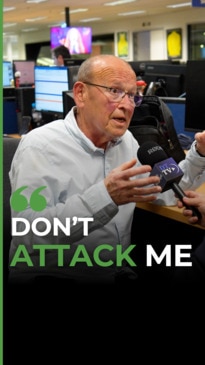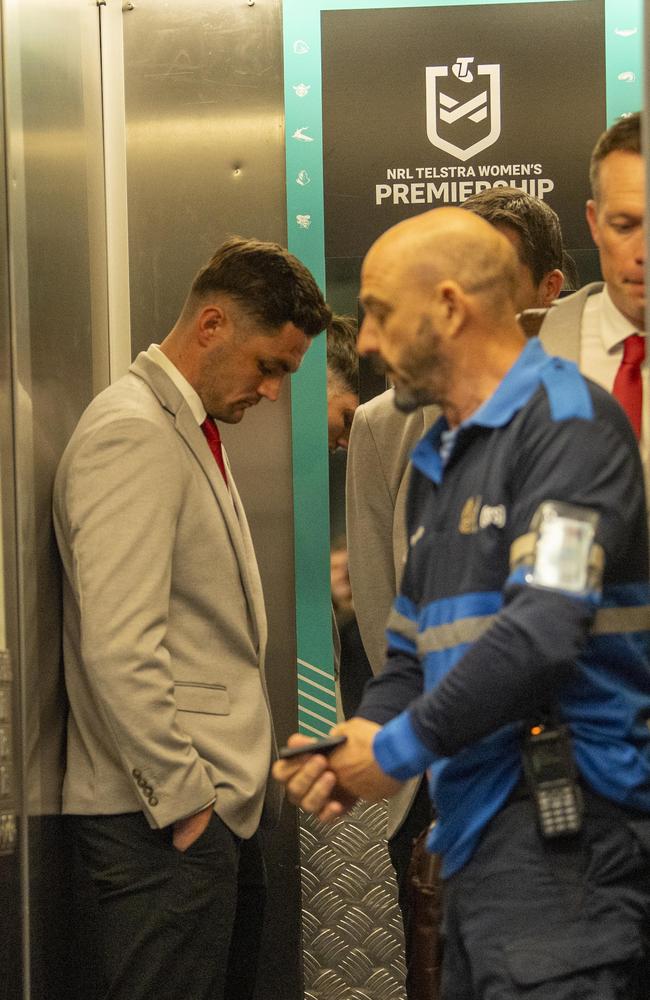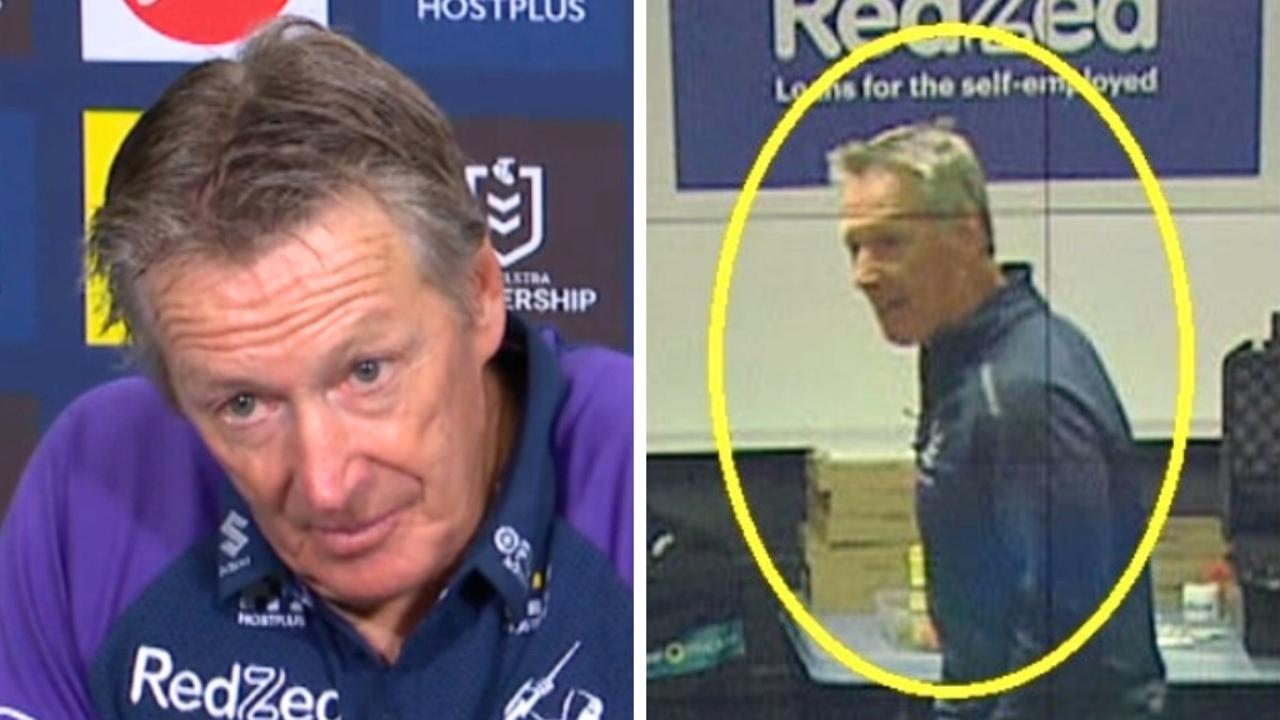Recent NRL judiciary history highlights the futility of fighting a charge
Rugby league players face better odds at the Las Vegas casinos than they do when appearing before the NRL judiciary, a fact which will worry the 27 stars already tiptoeing along the suspension tightrope.

NRL
Don't miss out on the headlines from NRL. Followed categories will be added to My News.
It is becoming the NRL’s version of mission impossible.
In the past two years players have walked out of judiciary hearings with a combined season-and-a-half worth of bans – and only three exonerations out of 19 cases.
It’s a success rate of just 15.8 per cent, and has led to a total of 48 weeks players have spent sitting on the sidelines after learning their fate.
A victory at Moore Park on a Tuesday night has become nearly as difficult as winning a premiership for Parramatta.
The NRL will say quite rightly that these numbers prove the match review committee is aligned with the independent judiciary panel and that they are getting most of their charges right.
Some clubs want more recently retired players to be part of the pool of panellists. The judiciary panel is made up of a mix of former players and referees including Bob Lindner, Tony Puletua, Henry Perenara, Greg McCallum, Sean Hampstead and Paul Simpkins.
McCallum and Perenera delivered the verdict on Kyle Flanagan’s four-game ban for biting on Tuesday night.
Melbourne’s Harry Grant is the only player to be exonerated this year after a frivolous charge levelled against him for making contact with Cronulla’s Daniel Atkinson’s leg.
But given their lack of success clubs are now wondering if they are wasting their time, energy and money by trying to fight bans.
The legal fees set clubs back about $2000 per case.

The trouble starts for clubs when an email lobs from judiciary secretary Tony Aracic, usually in the morning after their match. Media members are notified a short time later.
Coaching staff will then sit down with the player and decide how they will deal with the charge.
The process from the NRL side has started well before that when the match review committee – led by former Bulldogs and Dragons fullback Luke Patten – pours over hours of footage before ruling if a player is charged or not. They play no further part once the charges are levelled.

These days, an early guilty plea usually results in monetary fines.
Players have described the judicial process as intimating. Camera crews and photographers line the entry into the NRL’s headquarters and are also allowed in to film inside the judiciary room briefly.
Players are grilled by lawyers in an environment akin to a courtroom.
KyleFlanagan should be commended for the way he conducted himself inside and outside of the room.
He was firm in his evidence and then fronted up to the hungry press pack despite his obvious disappointment at the guilty verdict.
Flanagan might not be the last to face the bright lights.
WALKING THE SUSPENSION TIGHTROPE
Some of the game’s biggest players are now walking the judiciary tightrope. Under the NRL’s rules players are fined for minor grade one charges.
But in most cases their third and subsequent offence will result in an automatic ban.
Liam Martin already missed Penrith’s clash against the Storm last Thursday. His teammates Isaah Yeo and Izack Tago have two charges to their name.
They aren’t the only finals-bound players who need to be careful with Viliame Kikau, Jeremiah Nanai, Valentine Holmes, Jaydn Su’A, Joseph-Aukuso Suaalii, Haumole Olakau’atu, Josh Aloiai, Nathan Brown, Teig Wilton and Nelson Asofa-Solomona also facing the prospect of being rubbed out of important games with even the most minor offence.
The NRL’s revamped judiciary policy, which came in this year, means a grade one charge is on the player’s record for his next 10 games. A grade two is there for the next 20 games and grade three for the next 30.
It could end in tears for the players if they find themselves at the judiciary’s mercy one Tuesday night in September.





